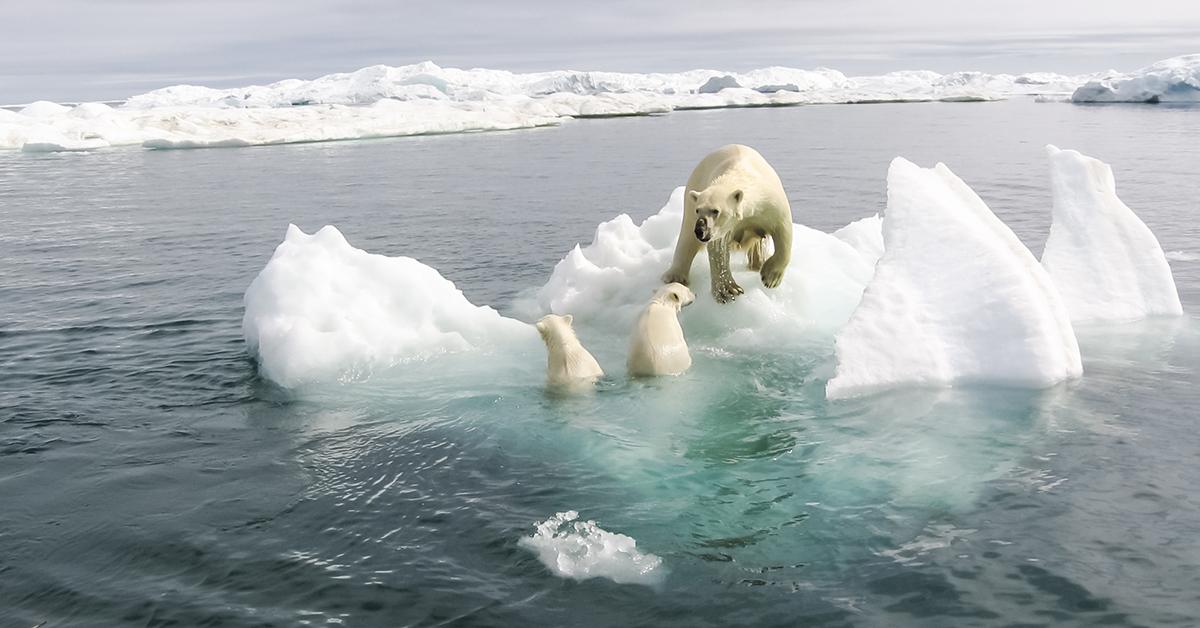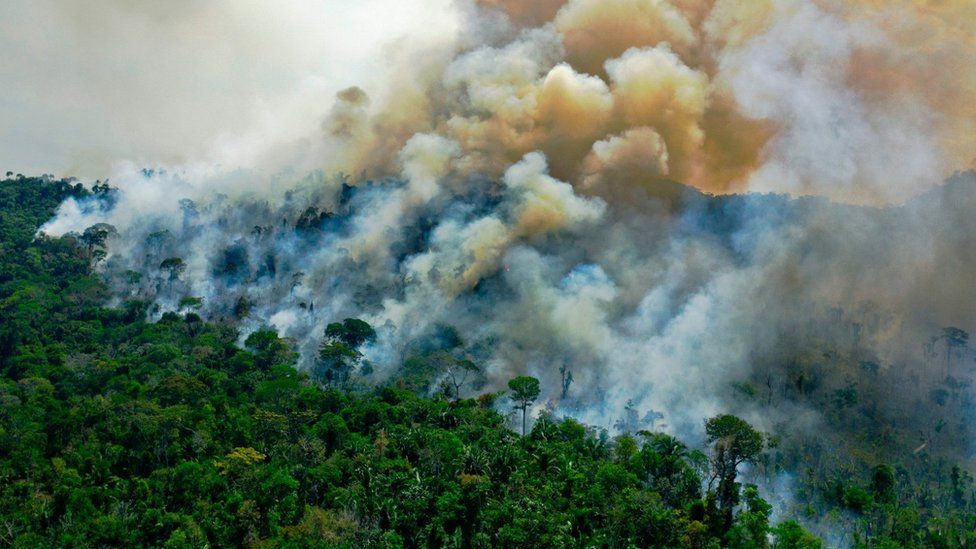🌍 Climate Change 🌎
What is Global Warming? 🌞

Glaciers are melting, sea levels are rising, cloud forests are dying, and wildlife is scrambling to keep pace. It has become clear that humans have caused most of the past century's warming by releasing heat-trapping gases as we power our modern lives. Called greenhouse gases, their levels are higher now than at any time in the last 800,000 years. We often call the result global warming, but it is causing a set of changes to the Earth's climate, or long-term weather patterns, that varies from place to place. While many people think of global warming and climate change as synonyms, scientists use “climate change” when describing the complex shifts now affecting our planet’s weather and climate systems—in part because some areas actually get cooler in the short term. Source: National Geographic
Learn moreWhy does it matter?

The rapid rise in greenhouse gases is a problem because it’s changing the climate faster than some living things can adapt to. Also, a new and more unpredictable climate poses unique challenges to all life. Historically, Earth's climate has regularly shifted between temperatures like those we see today and temperatures cold enough to cover much of North America and Europe with ice. The difference between average global temperatures today and during those ice ages is only about 9 degrees Fahrenheit (5 degrees Celsius), and the swings have tended to happen slowly, over hundreds of thousands of years. But with concentrations of greenhouse gases rising, Earth's remaining ice sheets such as Greenland and Antarctica are starting to melt too. That extra water could raise sea levels significantly, and quickly. By 2050, sea levels are predicted to rise between one and 2.3 feet as glaciers melt. As the mercury rises, the climate can change in unexpected ways. In addition to sea levels rising, weather can become more extreme. This means more intense major storms, more rain followed by longer and drier droughts—a challenge for growing crops—changes in the ranges in which plants and animals can live, and loss of water supplies that have historically come from glaciers. Source: National Geographic
*Please note you have to be 14 or older to subscribe to our Newsletter